This is an article and interview from May 21, 1885 with a Well-to-do “Old Residenter”—From The Weekly Iron Age, Birmingham, Alabama
He knew what it looked like before 1885
Tuesday a queer looking team was coming down First avenue. The wagon was a roughly made, light, but substantial one-horse affair and hitched to it was a small mouse-colored mule, decked out in a brand new set of harness. The animal did not seem to be proud of the regalia, and was moving along slowly.
The driver was a man whose weight was about 175 pounds, built low, complexion florid and face smooth. His small, penetrating eyes glittered with an expression of determination. His high forehead was partly concealed under the brim of a slouch hat. His clothes were rough, and he wore jeans trousers with a hickory checked shirt.
He sat in the wagon as it moved along slowly, watching the scenes of thrift and growth about him, apparently happy and contented. As he reached a point on the avenue near the residence of Dr. H. M. Caldwell, he pulled the animal to a halt, looked sadly over to the old cabin that stands near the railroad and drove away.
One of the oldest settlers of Birmingham
The AGE (Age Herald) man that had been watching the picture, followed in sight of the team and asked a gentleman who the driver was.
“That,” said he, “is Mr. Wm. H. Dobbins1, one of the oldest settlers of Birmingham.”
The faberite (sic) hurried and overtook the team. “Jump in,” said the driver, “I am going to Messrs. T. C. Thompson’s & Co. for a barrel of lime, and then if you will go back home with me I will show you something to please you.” The lime was dumped in, and the journey began.
Good talker
Mr. Dobbins was a good talker and drifted into a conversation on the growth of the city. Said he: “I am one of the first settlers of Birmingham and have watched the building of the place with great interest. I came from Lehigh county, Pennsylvania, in 1876, (?) railroading. I had been unsuccessful and determined to come here, as I had heard so much of the country. I came to where the city is now, and took a sub-contract from Messrs. Hughes & McLeod, and the first work that was done I was in it.
Old Field owned by Elyton Land Company
We graded two blocks on Nineteenth and Twentieth. There was then talk of building a town on the spot, which was an old field owned by the Elyton Land Company.
Nineteenth St., Looking South, Birmingham, Ala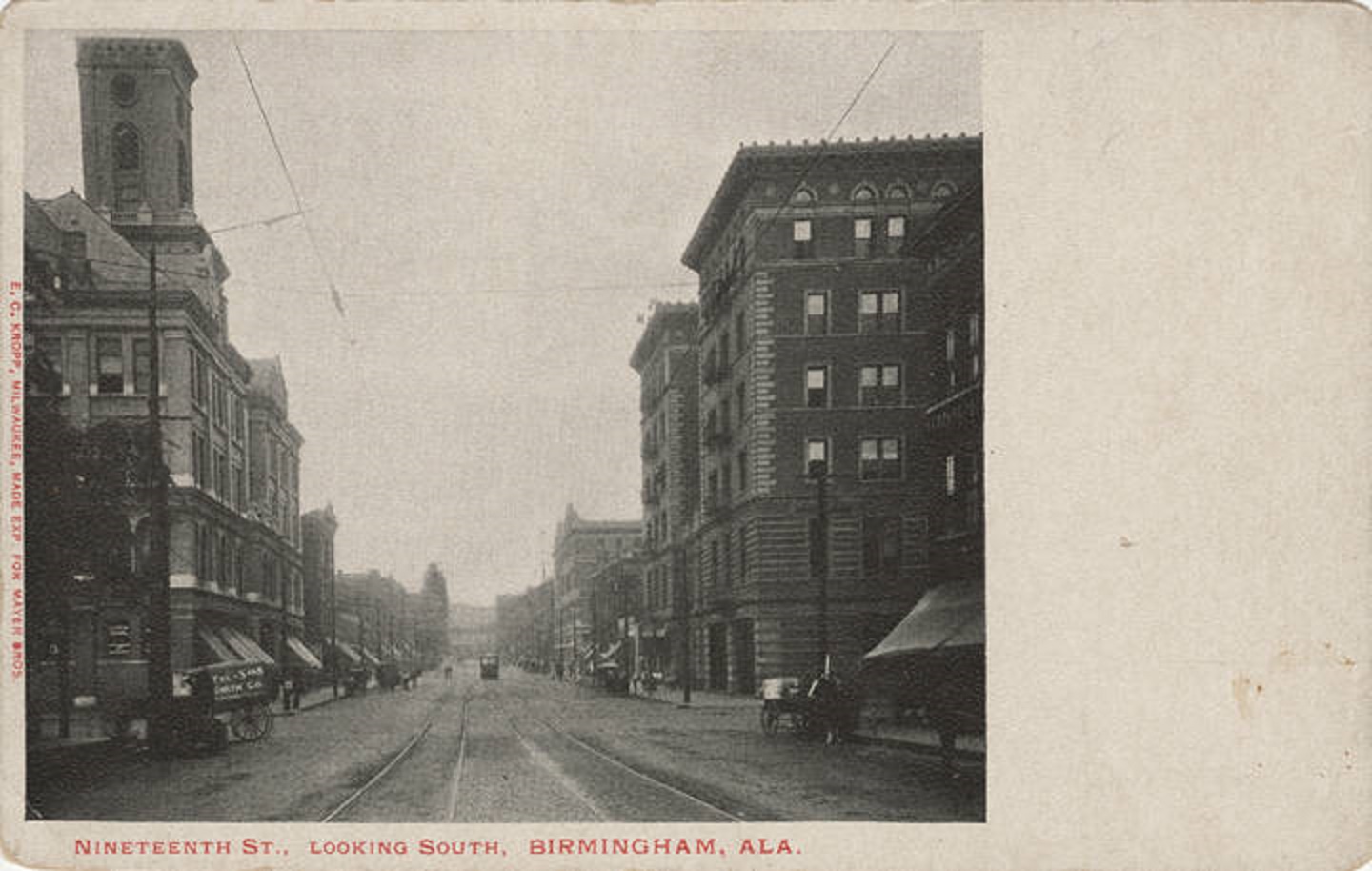
Twentieth Street North, Birmingham, Alabama
THE FIRST TENT
“I lived in the first tent that was ever stretched where this big city now is. There were three tents put up where the First National Bank now stands. I worked hard and lived half starved all the time. The first log cabin was erected on the railroad near the old Nixon House on First avenue. This was used as a commissary department for the railroaders. The first house erected in the place was that of Maj. Marre, which was built of rock from the highlands, there being no brick about in those days.”
First National bank of Birmingham, Alabama ca. 1890
The place began to grow
“The building is situated on the corner of Nineteenth street and First Avenue. The place gradually began to grow. I built a cabin near the railroad at a place now opposite the residence of Dr. H. M. Caldwell, on First Avenue, and sent for my wife, who came out from Pennsylvania. We were very poor and lived hard.”
“One morning in 1873 I decided to see if I could not buy a piece of the ground way out in the woods where I never would be molested by others building near me; so I selected where I am now.”
The mule then had reached the gate of Mr. Dobbins’ place which is situated beyond the Sloss furnaces and is familiarly known as the Eastside gardens.
Sloss Furnace 1882
“At that time,” continued the narrator “there was not a house within a mile of me. Now I am surrounded by at least three hundred, besides being between two of the largest furnaces in the country; but I am here and I propose to stay.”
SCARCELY BUY A POSTAGE STAMP
When I came to this spot I could scarcely buy a postage stamp, but now I am so situated that money could not touch my place.”
The sight that presented itself was one that causes a person to grasp at once a cheerful idea of life and what preseverance (sic) will do. Mr Dobbins has laid his place out in blocks, each represented by a garden spot. Each garden is laid out in rows 400 feet long and as straight as a line. In garden No. 1, is okra, squashes, egg plant, raddishes, (sic) tomatoes, potatoes, cabbages, onions, carrots, parsnips, turnips, peas, cauliflower, lettuce and every vegetable known that can be raised in this section.
Four gardens
There are four gardens, each filled with vegetables growing luxuriantly, with blossoms and all the freshness of spring. Besides these gardens the owner has fields of corn, sweet potatoes and other marketable truck.
His house is a little paradise and is nearly covered with fruit trees. One can stand in the front door and pluck delicious Concord grapes, apples and peaches without difficulty. The out-houses and stables are in perfect arrangement for convenience and comfort.
In speaking of the place the owner said: “I resolved to make a success of the place and went in to do so by hard work. The secret of good gardening is to plow deep and manure well with stable manure. I have found the red clay soil finely adapted to the vegetable world. I use Buist’s and Landreth’s seed, which I consider the best. I have all the time vegetables for sale and can supply the whole city if put to the test. I have an acre with 6,000 cabbage that cannot be touched for less than ten cents a head. I would not sell my place for any amount of money. It does me good to see my vegetables grown than to have money in the bank.”
Mr. Dobbins met with a sad bereavement about four months ago in the loss of his devoted wife. He has not seen any of his relatives in fifteen years, and will leave next week for St. Joe, Missouri to visit his brother. (?)
1 Buried in Oakhill Cemetery in Birmingham, Alabama
DOBBINS, George 18 YEARS 10 Feb 1907 Wm. Dobbins
DOBBINS, Jane 47 YEARS 6 Feb 1885 Wm. Dobbins
DOBBINS, William 76 YEARS 15 Feb 1902 Wm. Dobbins
Note: This Additional information about the First National Bank of Birmingham was found in The Tuscaloosa News September 22, 1910
Sky-Scraper Is Sold To First National Bank
From The Tuscaloosa News September 22, 1910
One Million Dollars Is Paid Woodward for Big Building
Birmingham, September 22 – The Board of directors of the First National Bank of Birmingham, at a fully attended meeting yesterday afternoon ratified the negotiations for the purchase of the First National Bank building from W. H. Woodward for the sum of $1,000,000. The negotiations in behalf of the bank had been conducted by President W. P. G. Harding and as they had been pending for sometime and had been discussed by individual members of the board the action at the meeting was a mere formality. There was not a dissenting vote. Mr. Woodward, the seller, is a director in the bank, but he was excused from voting.
This is the largest sale of business property yet made in Birmingham.
ADDITIONAL NOTES: (transcribed from Downtown Birmingham Architectural and Historical Walking Tour Guide, 2nd edition, by Marjorie Longenecker White)
In the 1870’s the land along the tracks was known as the Railroad Reservation. While the railroads were under construction, tents and converted boxcars in this area housed workers and the temporary enterprises that ministered to their needs. After the tracks were completed, adventurers and fortune seekers crowded into the emerging city with the help and direction of the Elyton Land Company, replaced the temporary shelters with permanent buildings. Many Birmingham pioneers spent their first night and opened their original business in the Railroad Reservation…. Today only a historical marker on the southeast corner of Morris and 20th suggests the significance of the area.
Start researching your family genealogy research in minutes for FREE! This Ebook has simple instructions on where to start. Download WHERE DO I START? Hints and Tips for Beginning Genealogists with On-line resources to your computer immediately with the FREE APP below and begin your research today!
Reviews
“This book was very informative and at a very modest price.”
“The book was clear & concise, with excellent information for beginners. As an experienced genealogist, I enjoyed the chapter with lists of interview questions. I’d recommend this book to those who are just beginning to work on their genealogies. For more experienced genealogists, it provides a nice refresher.”


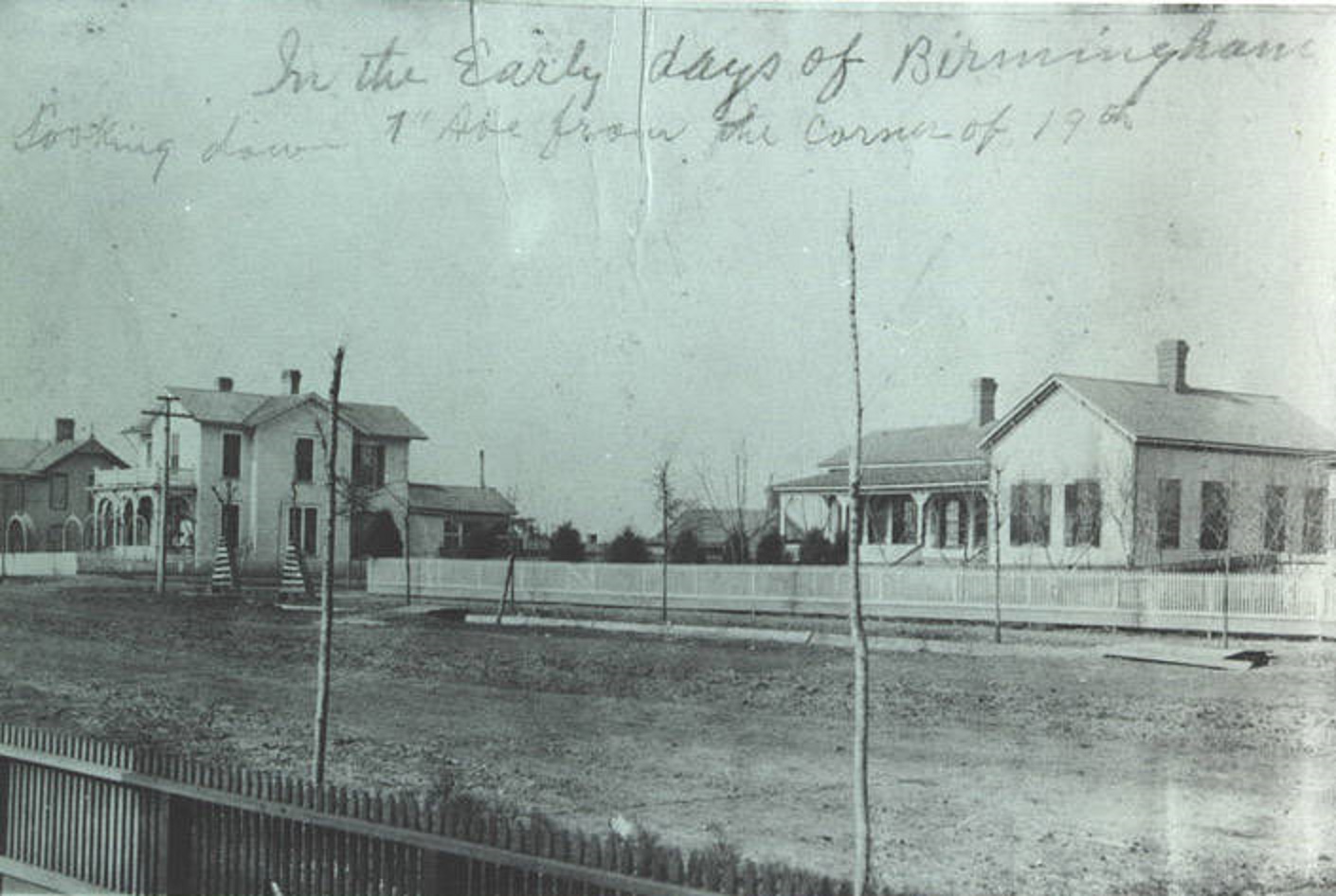
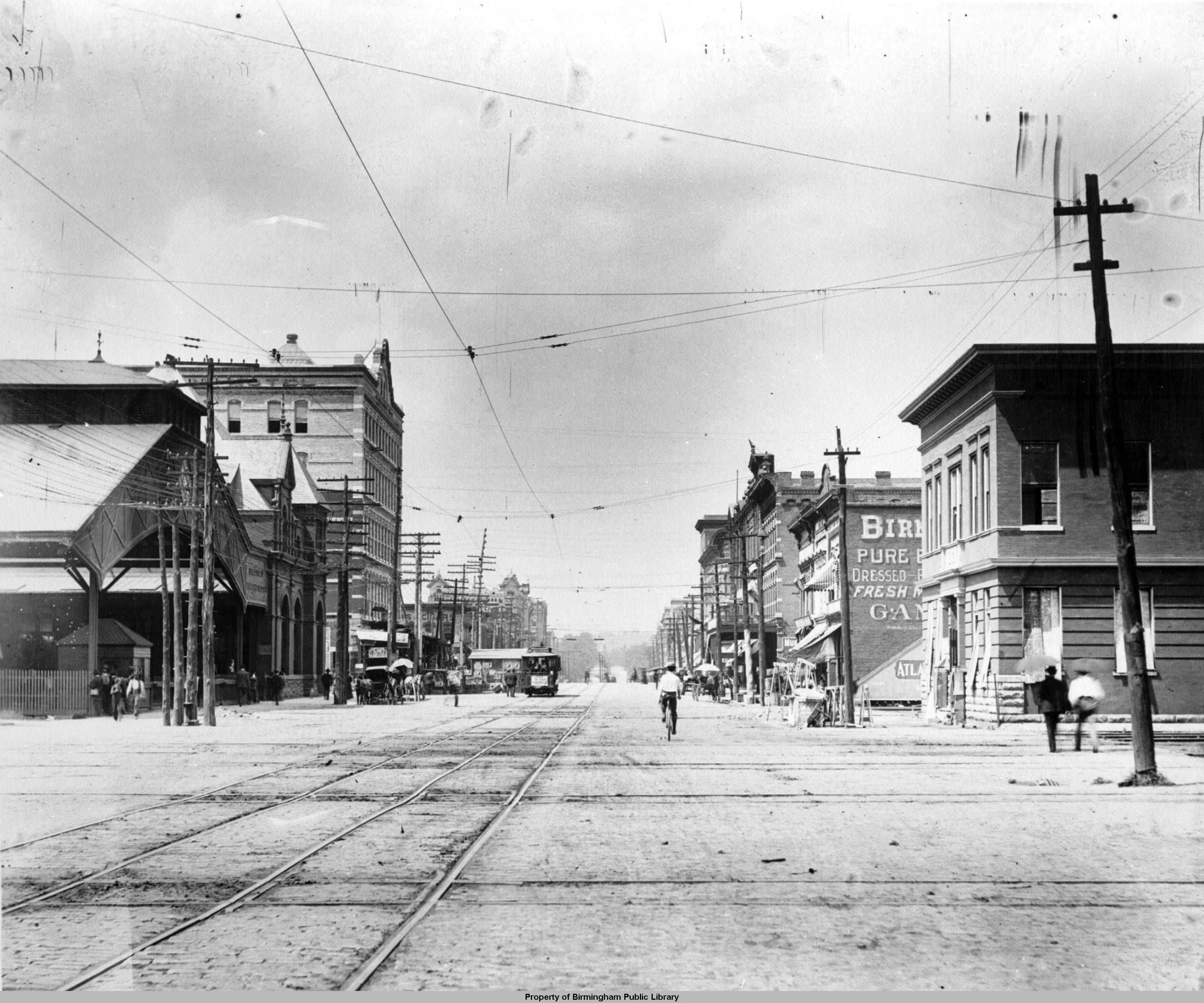
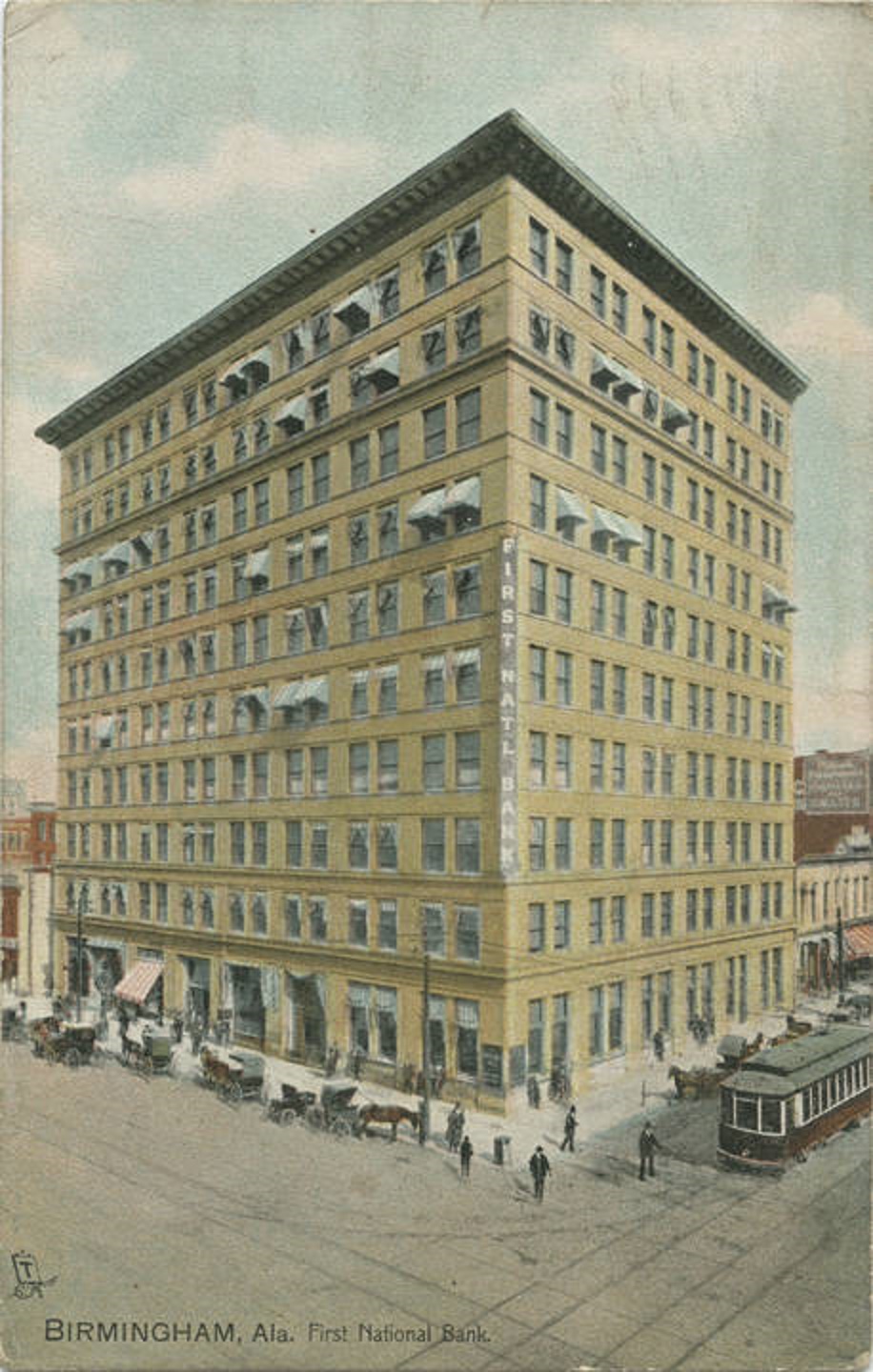
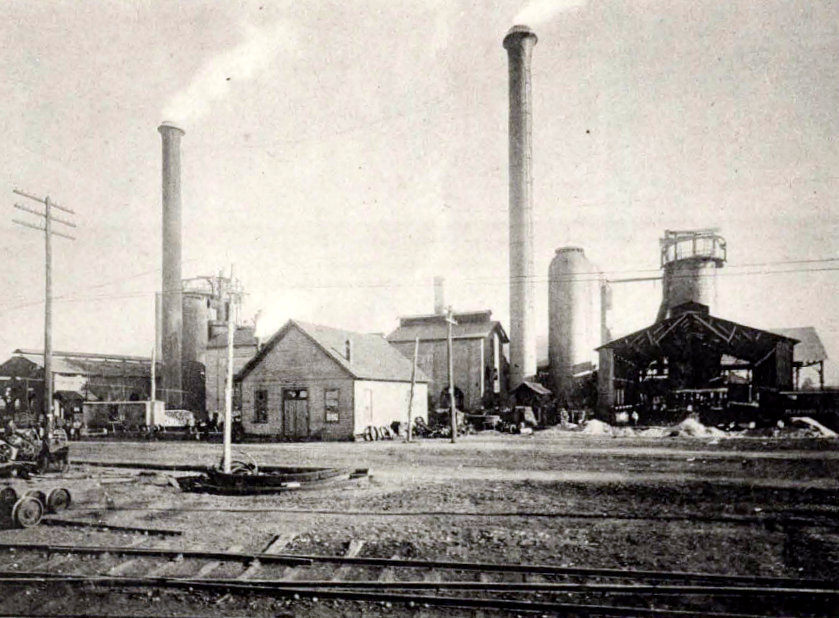
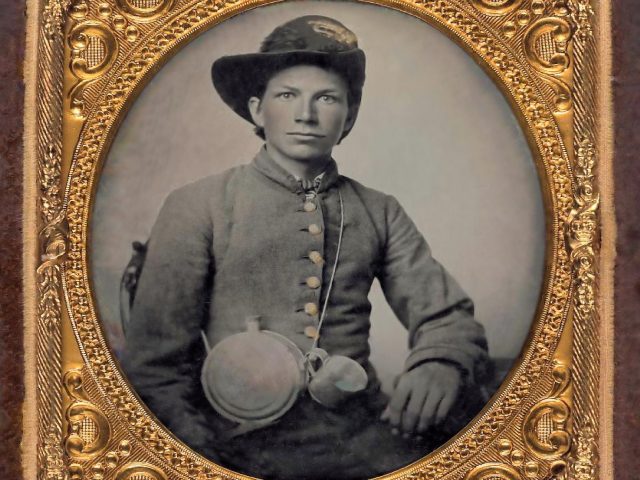
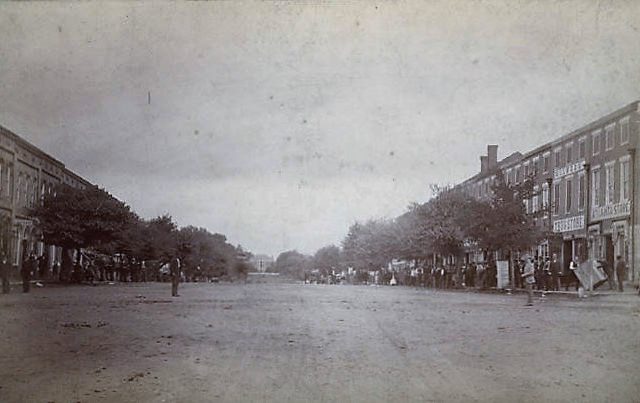
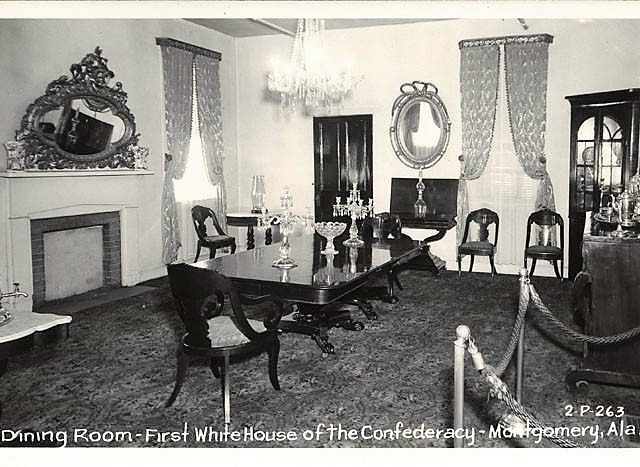
Absolutely love your website and newsletters! The picture in this story of the First National Bank looks like what is now the Frank Nelson Building, but it is on the corner of 2nd Ave N and 20th St. Do you think it could be the same building?
Jones Valley !
That how it looks now only have paved roads
Love the stories, I live in alabama and travel to Birmingham. How different it looks now.
Phil Holsomback